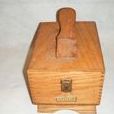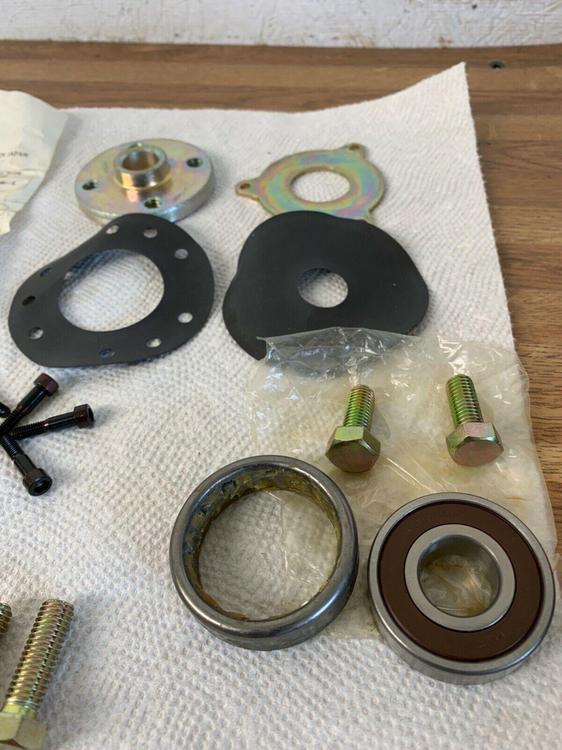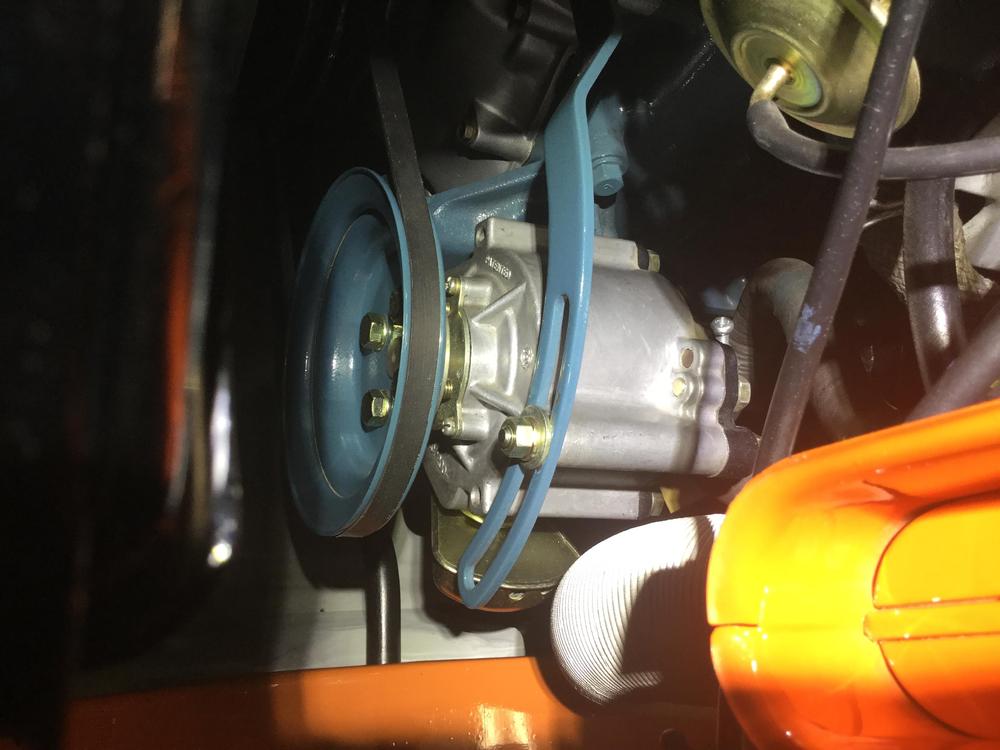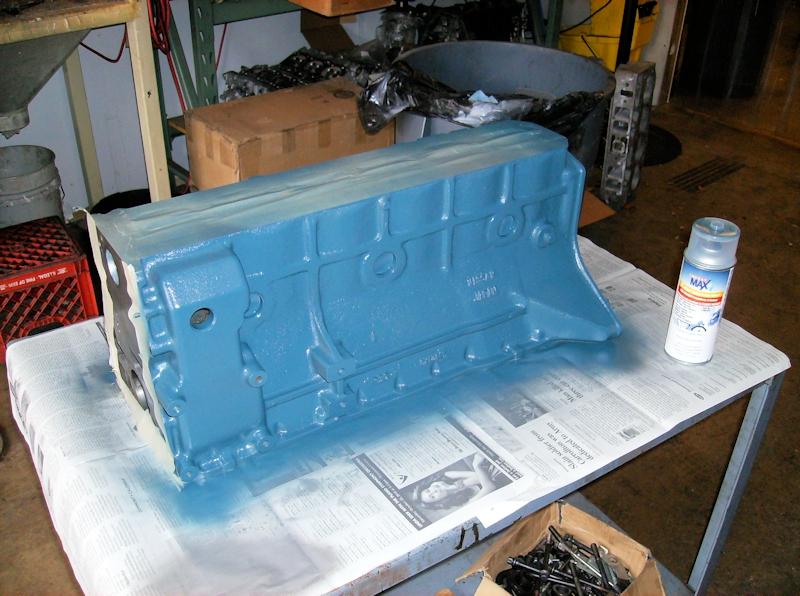Steve, LOL. No. I'm talking about the balancing act between the changing resistances of the thermistor and the bulb filament.
I measured the filament resistance of a couple of the 3.4W bulbs from the Z. When cold, the resistance is about 5.4 Ohms. If you calculate the power that bulb will consume when connected to a 12V source, you get about 31 Watts. 31 Watts!!! And the current that would flow through that 5.4 Ohm "resistor" would be about 2.4A!!
However, it doesn't work that way. The resistance of the bulb filament increases significantly when it heats up and glows. That's what I meant a while ago about the bulb being a PTC.
To show this effect, I connected the bulbs to a 12V source and measure the current draw while the bulb was lit. It was 220 to 240 mA. And if you back calculate the filament resistance, you find that the resistance has increased about tenfold from 5.4 Ohms to about 50 Ohms.
So as the resistance of the thermistor decreases (allowing more current flow), the resistance of the bulb goes up (disallowing more current flow). That's the balancing act I was talking about.
It's just a light bulb and a thermistor and it's giving me a headache. HAHA!!


















